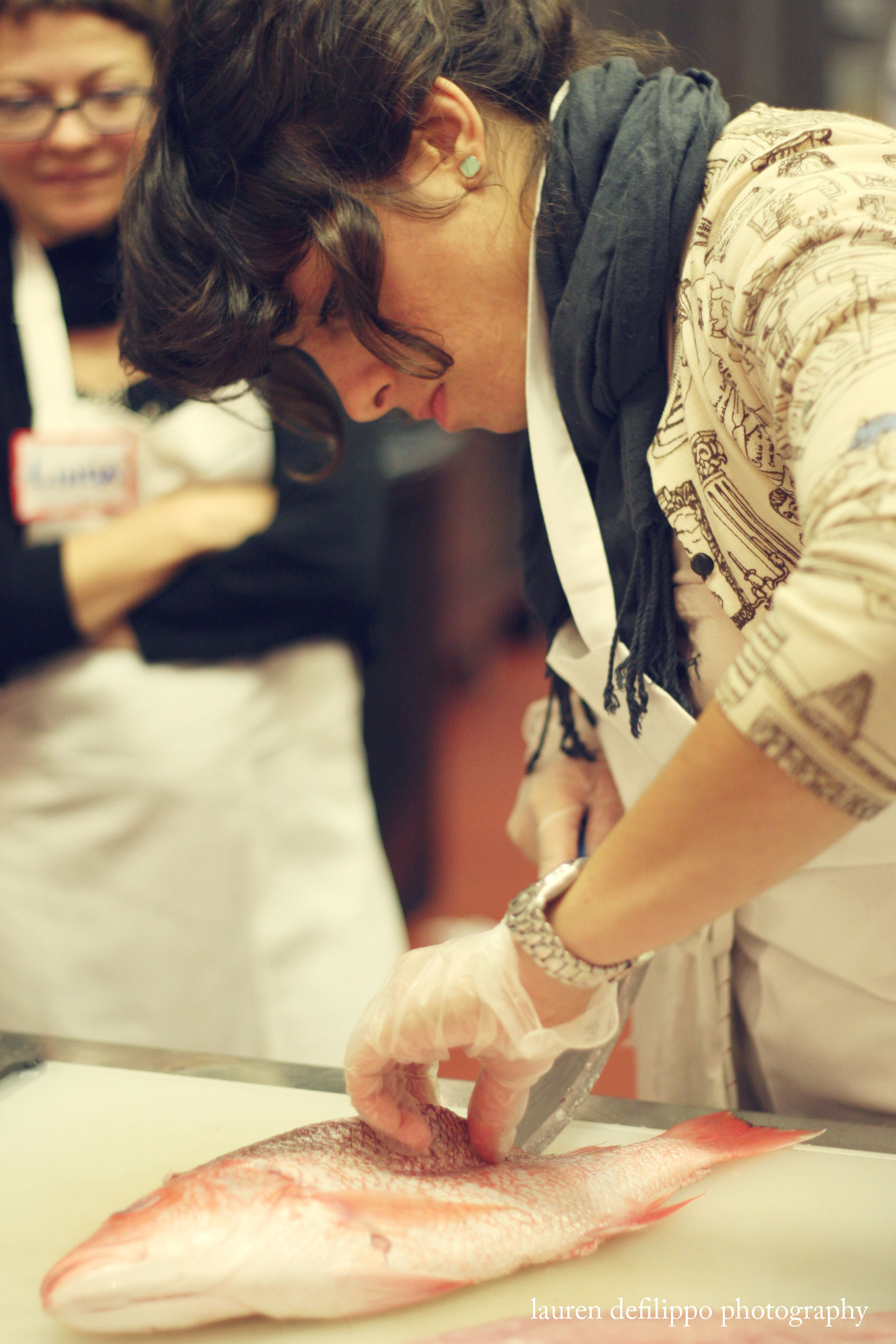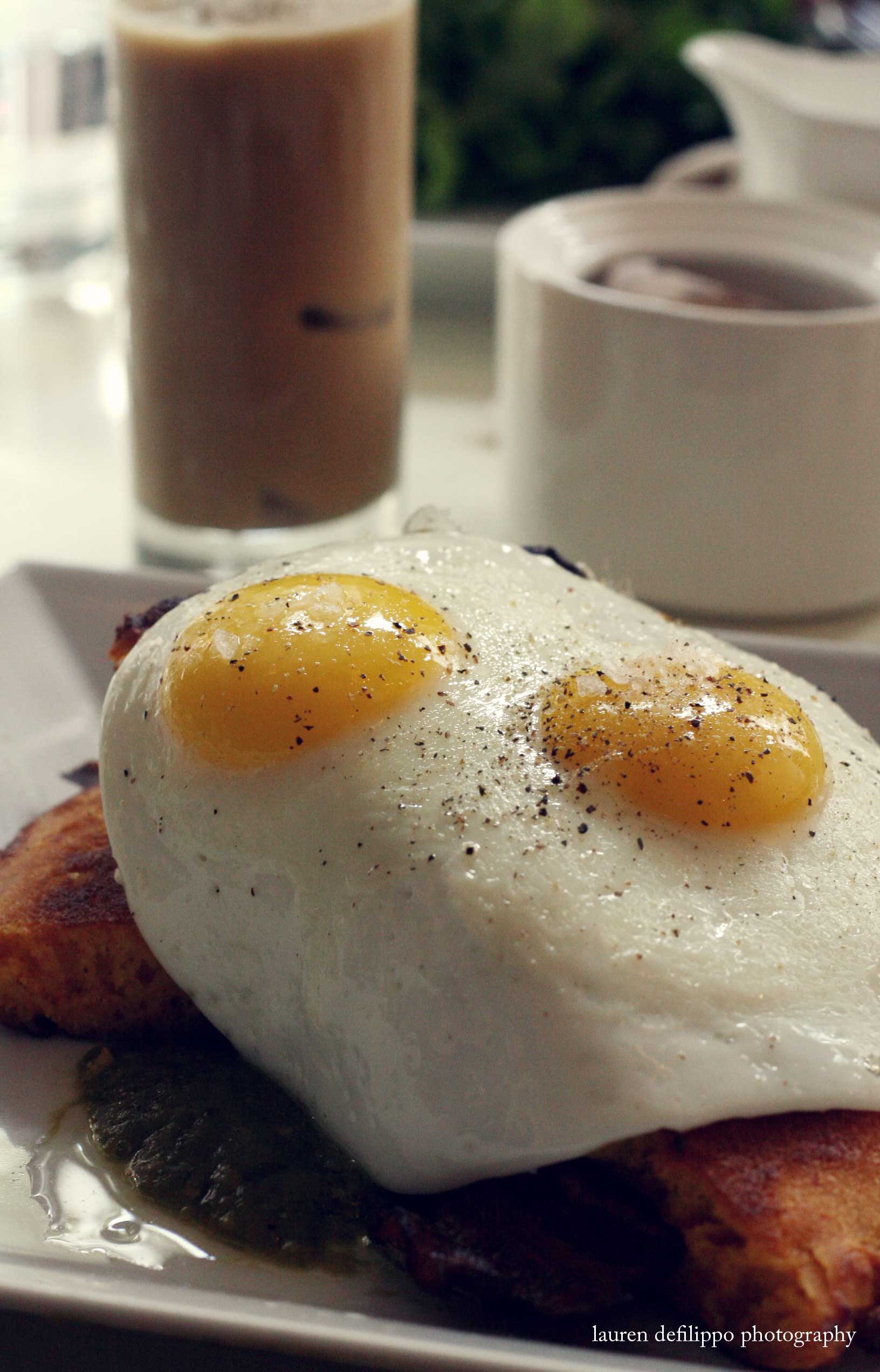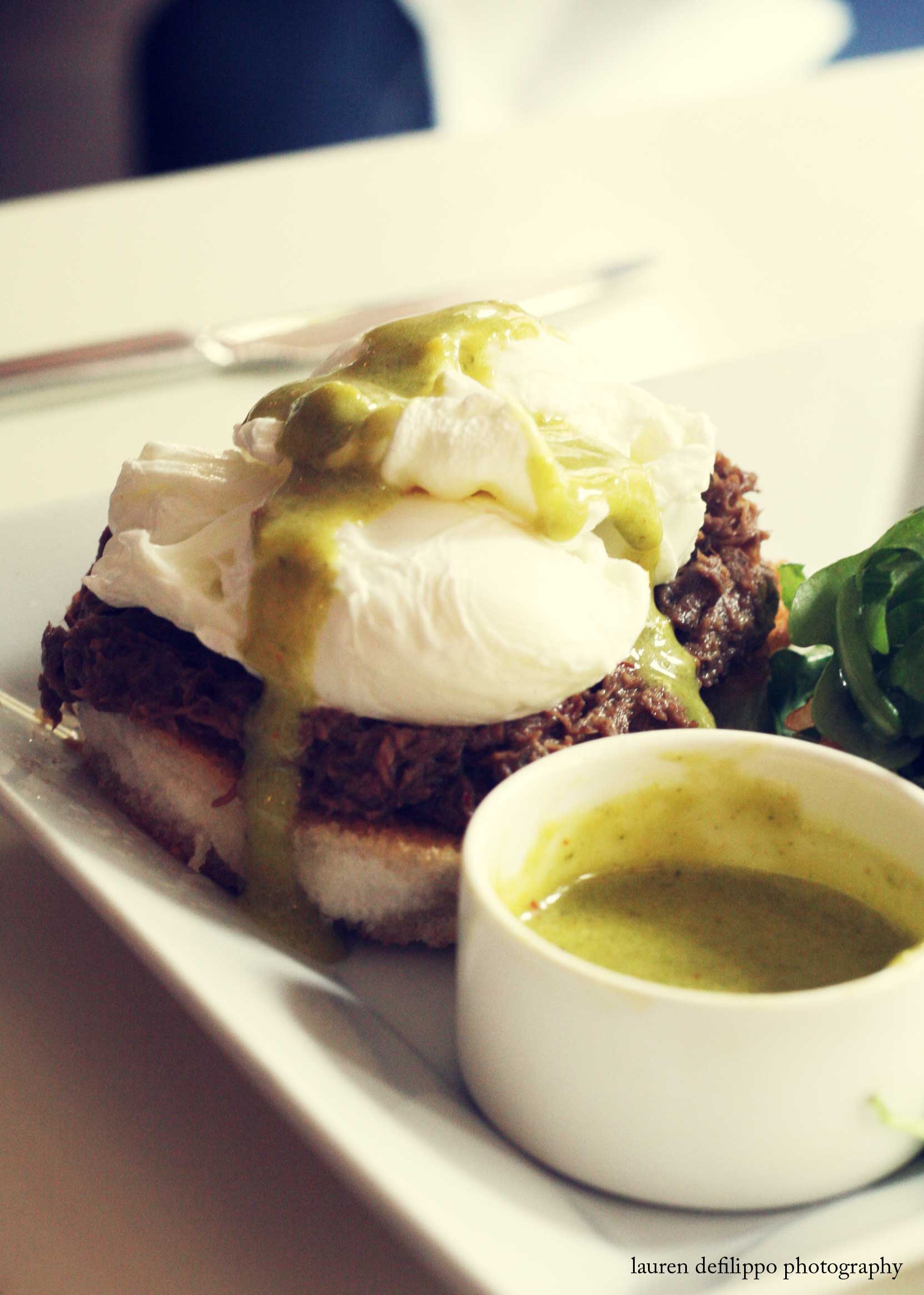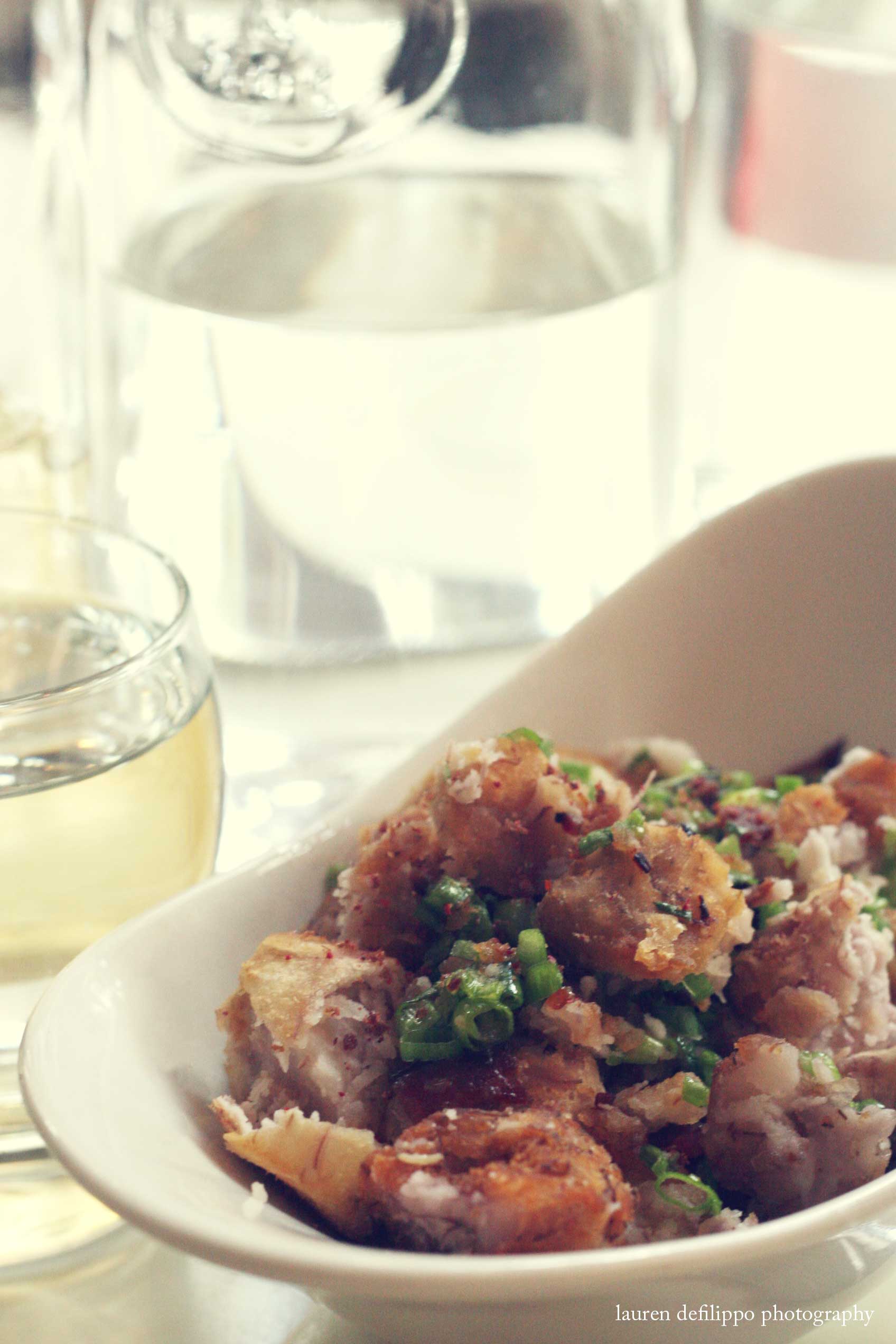Photos by Lauren DeFilippo
It’s said that those who can’t, teach. But when it comes to cooking, Spice Market’s Executive Chef Anthony Ricco is a master at both.
Before enrolling in a Culinary Arts program at the Institute of Culinary Education, Ricco was working as a prep cook at the China Grill. He says, “My brother forced me to go to ICE because I was holding on to the brochure for almost a year, and he knew I had talent in the kitchen, but I was wasting it. ICE helped me find my culinary voice by giving me access to quality product and excellent teachers who are very talented chefs.”
After graduation, Ricco worked at a restaurant in Long Island City, then found a position at Jean Georges, where he spent three years working every station in the kitchen. Then, he received an offer to work at one of Jean-George Vongerichten’s other New York restaurants, Spice Market.
Chili tapioca
When considering whether or not to take the position, Ricco recalls being motivated by one detail—or rather, one dish: tuna ribbons with chili tapioca, asian pear and lime in a chilled lime-coconut broth. Last month, fifteen lucky students had the chance to relive Ricco’s sense of culinary discovery, in a “Light Asian Flavors” class at his alma mater.
Plating tuna ribbons with chili tapioca and asian pear
It wasn’t Chef Anthony’s first time teaching at ICE. This past winter, I was one of a handful of students who he taught to prepare the “Signature Dishes of Spice Market.” Despite the complexity of the restaurant’s recipes, it was clear that there were intensely flavorful components that I could recreate at home. From the restaurant’s signature chili oil to a spicy, tangy ginger vinaigrette or a crunchy garnish of garlic chips, each element was a clear and accessible entry into the processes by which professionals layer flavor to create a winning dish.
Seasoning chicken with an Indonesian spice rub
Needless to say, when I showed up for my second class with Chef Anthony, it was no surprise to see that I wasn’t his only repeat student. This time, I was charged with making white pepper ice cream and a spiced passion fruit simple syrup. Being more of a savory cook, it was a challenge outside my comfort zone, but involved techniques that I was eager to learn.
In fact, that’s where Chef Anthony’s strength lies. He understands that the flavors and culinary style he works with every day are foreign to most American home cooks, and makes sure that every student, no matter what recipe they are personally assigned, has the chance to learn the techniques behind the various elements of each dish. That’s how I ended up not only making ice cream and simple syrup, but also breaking down a chicken and a red snapper (both for the first time).
And of course, given that he manages a staff of more than sixty at Spice Market, it was no surprise that Chef Anthony was able to supervise and motivate our motley crew of amateur cooks to churn out such advanced dishes. After four hours of cooking, that was the ultimate reward: to be transported by pungent, spicy, sweet flavors to the far reaches of Asia—or at least, Spice Market, which is a destination in itself.
Tuna and Chili Tapioca with Asian Pear
*Adapted for home cooks by Chef Ricco
Tapioca (about 20 servings)
- 7 oz. large pearl tapioca
- 5 shallots peeled and sliced thin
- 2 ancho chilies toasted and chopped
- 9 chipotle peppers toasted & chopped
- 6 dried thai chilies
- 4 tbs. Annatto seeds
- ¼ c. Grape seed oil
- 1 tsp. Cloves toasted
- 4 cinnamon sticks toasted and smashed
- 1 tbs. Sichuan peppercorns crushed
- 4 tbs. Salt
- 3 tbs. Sugar
- 7 c. Water
- Chili oil
- 1 tsp. Salt to finish
Sweat all but tapioca, sugar, salt and water in oil until golden. Add water, salt and sugar and bring to boil, simmer for 30 minutes then strain thru a chinois. Bring back to a boil then add tapioca and cook, stirring until clear. Drain under cold running water until cool. Put in a container and just cover with chili oil, then season with salt and reserve.
Lime-Coconut Broth
- 5 stalks lemongrass
- 40 kaffir leaves washed & chopped
- 1 green finger chili washed & chopped
- 3 c. coconut juice
- ¾ c. coconut milk
- ¾ c. lime juice + 3 oz to finish
- ¾ c. sugar
- 1½ tsp. Salt
Clean, crush and finely chop lemongrass. Combine coconut juice, milk, chili, lime juice, sugar and salt and bring to boil. Add lemongrass and kaffir, mix well and let cool, uncovered. Strain through chinois and finish with lime juice.
To Serve
- Tuna
- Tapioca
- Asian pear, peeled, cut into ¼” diamonds
- Jicama, peeled and cut into ¼” diamonds
- Red bell pepper char grilled, peel, cut in ¼” diamonds
- Scallion greens cut on bias
- Lime coconut broth
Slice tuna into 1” long, ½” wide and ⅛” thick pieces. Serve 10 pieces per plate. Arrange in a chilled shallow medium size bowl and fold each piece in half. Season tuna with salt then scatter with chili tapioca, then with jicama and pear. Sprinkle with scallions and then scatter with red pepper. Cover halfway with coconut-lime infusion and serve.









